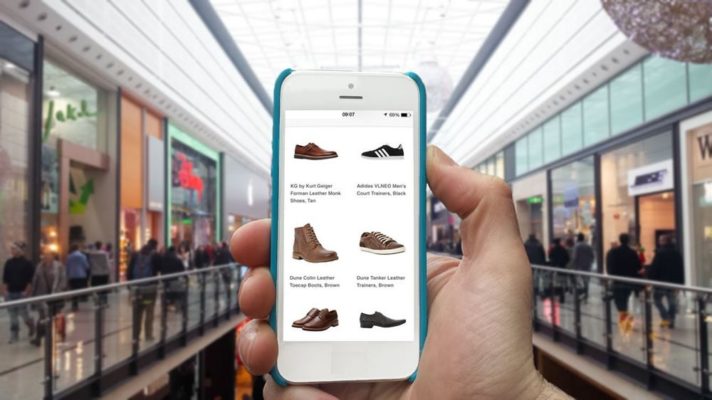There has never been a better time to be in retail in India. The retail market size is estimated at about $600 B today and is forecasted to grow to over $1 trillion by 2020. AT Kearney’s 2016 Global Retail Development Index ranks India at number two only behind China. India was ranked at number five in 2012 and had slipped to rank thirteen in 2013, driven by sluggish economic growth.
This growth is fuelled by a multitude of factors including the government’s FDI reforms, rapid urbanization, an exploding middle class population and the rising disposable income.
Much has been written about India’s explosive e-commerce growth: estimated to grow to $100B in 2020 at a CAGR of thirty four per cent driven by growing internet penetration, falling smartphone prices (sub-$300 average selling price per Deloitte-CII report), favourable online shopping behaviour and better access to the global fashion & lifestyle brands.
This spurt in online commerce has indeed brought in focus the whole online vs. offline debate, and the challenges faced by the brick-and-mortar stores.
However, one must keep in mind that everything digital is not e-commerce. Digital influence is much larger and goes beyond online commerce. According to a BCG-RAI report, 350-400 million Indian consumers would be ‘digitally influenced’ by 2020, and would contribute 20-25% of overall retail spend as against a 4-5% e-commerce pie.
Notwithstanding, the physical retail world must be conscious of the real challenges facing the industry today
- Poor or no online discoverability
- Consumers have no way to check real time inventory availability in a nearby store
- Online shopping offers deals/price discounts and convenience
- Absence of analytics / data driven marketing in brick-and-mortar retail
It is therefore clear that while the stores themselves are not going away anytime soon, they need to re-imagine how they connect with the new-age consumers and embrace technologies in order to stay relevant. Sooner.












